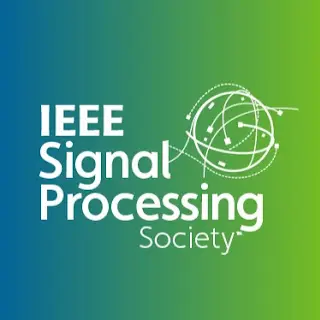A Novel Modified Mel-DCT Filter Bank Structure With Application to Voice Activity Detection
We propose a novel modified Mel-discrete cosine transform (MMD) filter bank structure, which restricts the overlap of each filter response to its immediate neighbor. In contrast to the well-known triangular filters employed in the extraction of the Mel-frequency cepstral coefficients (MFCC), the proposed filter structure has a smoother response and offers discrete cosine transformation and Mel-scale filtering in a single operation.
